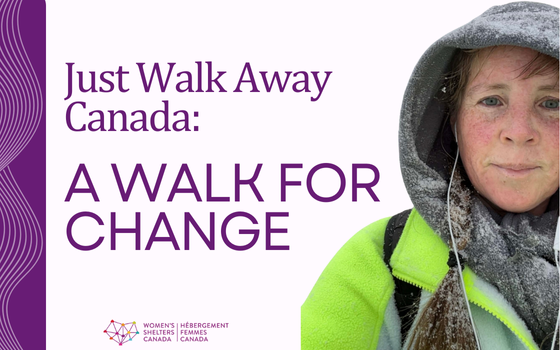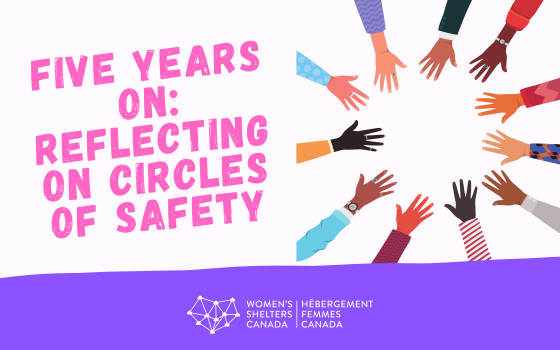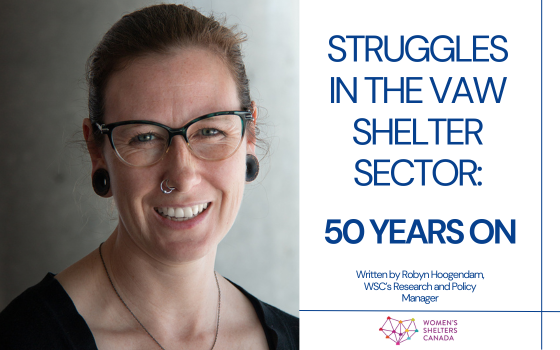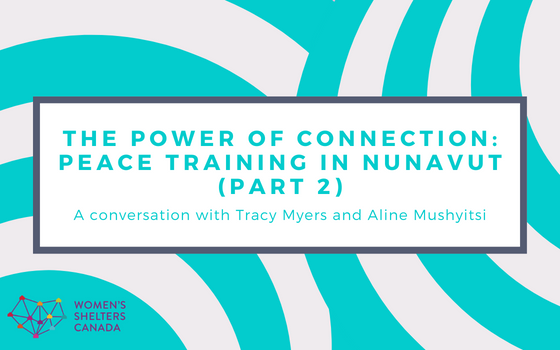There are more than 550 women’s shelters and transition houses across the country for women and children fleeing violence, according to the Women’s Shelters Canada’s internal database. That may sound like a lot, but much more are needed. In Women’s Shelters Canada’s yearly reports, the turn away-rate for shelters has consistently remained at 70 to 75 per cent from 2014 to 2018 due to lack of capacity and resources.
On April 23, 10 people were killed in the Toronto van attack by a perpetrator who was allegedly motivated by misogyny. It was the deadliest terror attack on Canadian soil since the Ecole Polytechnique massacre, but nothing new has been done to end violence against women in Canada.
Something very simple could have been done: Canada could have committed to developing a National Action Plan (NAP) on Violence Against Women (VAW), which, in 2008, the United Nations called for every country to implement by 2015.
In fact, on the same day as the Toronto van attack, Dubravka Šimonović, the United Nations Special Rapporteur on VAW, issued her end of mission statement on her visit to Canada, calling on the Federal Government to adopt an NAP on VAW.
In June 2017, the Government of Canada announced its Strategy to Address and Prevent Gender Based Violence. While this is a step toward an NAP, it differs in that it only deals with federal institutions. Canada needs an NAP to ensure that women in all areas of the country have access to comparable levels of services and protection. An NAP would ensure a shared understanding of the root causes of VAW as well as coordinated and effective efforts across the federal, provincial, territorial and municipal levels.
The federal government has said it’s implementing this strategy rather than an NAP because it “needs to get its own house in order first.” However, 22 national and provincial organizations have been advocating for an NAP since 2015, when they issued “A Blueprint for Canada’s National Action Plan on Violence Against Women and Girls.” More than 150 other organizations have since endorsed that document.
As we head into an election year, now is the time for political parties to include a commitment to an NAP on VAW in their electoral platforms.
Half of this country are women and girls directly affected by these issues; the others have mothers, wives, daughters or sisters. But it’s not just about being personally affected by these issues, or knowing someone personally affected. Violence against women is a societal issue that needs to be addressed by everyone. Because women’s rights are human rights.
This post was written by Kaitlin Bardswich, the Communications and Development Coordinator at Women’s Shelters Canada.
This article was originally published on Huffington Post Canada’s Blog





Leave A Comment
You must be logged in to post a comment.